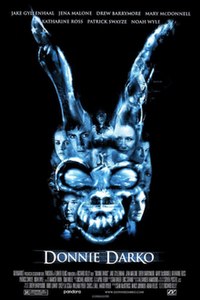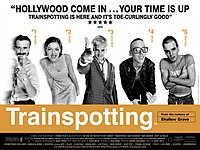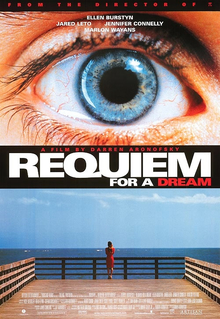Lists












12 Books
The Fascinating World of Economics
Sort by:
Recent Desc
Economics is ultimately about human behaviour. Understanding it can help deconstruct many common myths and fallacies.
Liked by
More lists by Andrei Oghina

Some test list
List includes: The Silence of the Lambs
February 2023
0
@andrei



Music for long night drives
Nice downtempo electronic music, perfect for chilling or (preferably rainy) long night drives.
June 2022
8
@andrei



80's and 90's nostalgia
Some oldies but goldies from the 80's and 90's, dance and more.
December 2021
6
@andrei



Movies with biggest plot twist
Some movies with totally unexpected plot twists that are scary or leave you wondering.
November 2020
8
@andrei



Strange TV shows
Some TV shows with a strange or dark edge that I enjoyed.
October 2020
2
@andrei



Movies with best soundtracks
Movies with great soundtracks that make you want to dance, send shivers down your spine, or just make you nostalgic.
July 2020
7
@andrei